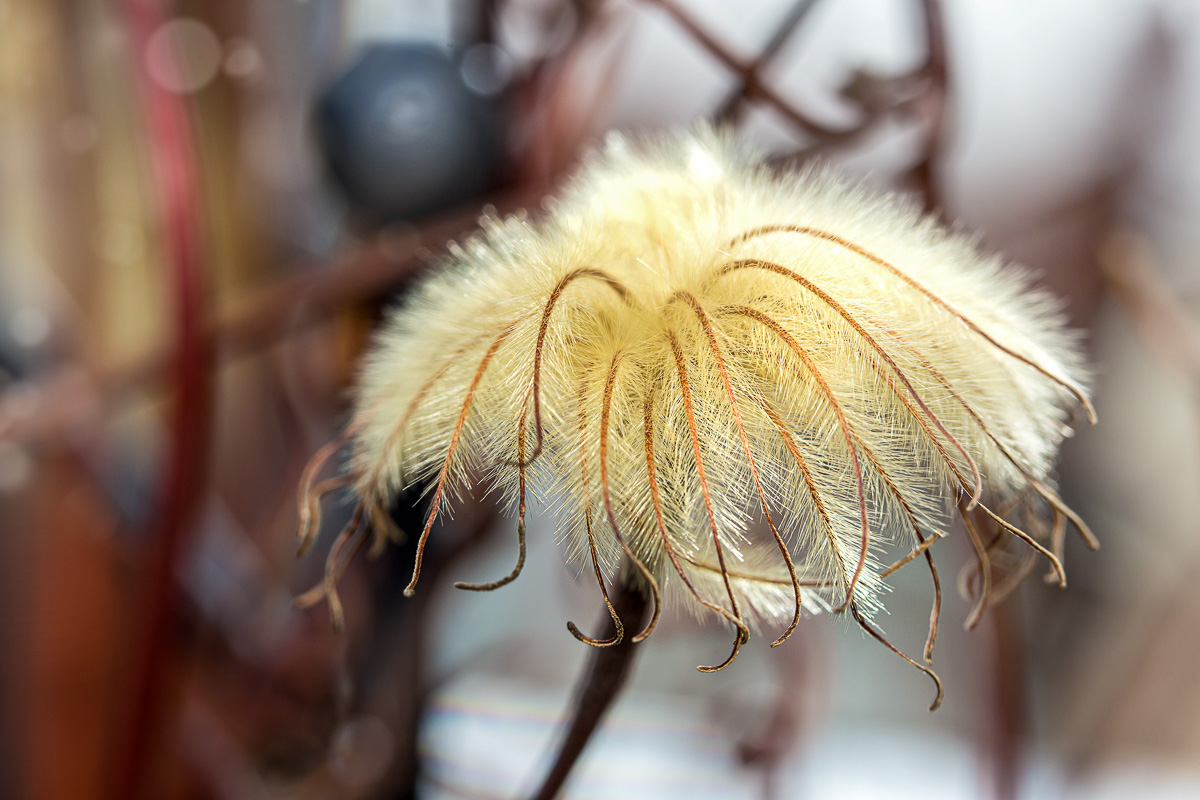Plant “Crime Scene” Investigation: Scouting for Problems
Be a plant P.I. Scout for problems in your garden before it's too late. The correct plant diagnosis can save your plants.
Clematis is one of America’s favorite flowering vines with showy flowers of purple, rosy pink, violet, blue-violet, red, yellow, or snow-white.
But this woody, twining, perennial beauty comes with one big Achilles heel – a tendency to suddenly turn brown all over, almost as if the plant were torched overnight.
The problem, thought to be caused by a fungus, is a common clematis malady called “clematis wilt.” It’s a particular threat to the big-flowering hybrids that most gardeners like best.
The good news is that clematis wilt usually doesn’t kill the plant. When wilt-killed stems are cut off, new shoots usually grow up to replace them – often in the same season.
The bad news is that the problem can recur year after year and happen just as the flower buds are opening.
Sometimes wilt affects just one or more shoots. Other times it can brown an entire plant.
Stopping clematis wilt is difficult, but a good first step is keeping plants as healthy as possible.

Aschen / iStock / via Getty Images
Preventive fungicide sprays haven’t been found to be very effective.
Don’t dig up and remove wilted clematis for dead at the first sign of trouble, though. Give wilted plants a chance to bounce back next season. The disease doesn’t always occur every season or with the same severity. Also, plants sometimes become less prone to wilt as they establish and mature.
Even when wilt does recur, the problem may not affect all stems, which can be enough to salvage at least a decent performance.
The best way to deal with clematis wilt is to select a naturally disease-resistant type in the first place – or think about replacing a perennially ravaged clematis variety with a more wilt-resistant variety.
Small-leafed Italian clematis types (Clematis viticella) and their hybrids are the most wilt-resistant.
Wilt-resistant clematis varieties recommended by the International Clematis Society include:
Some larger varieties recommended by the International Clematis Society include: